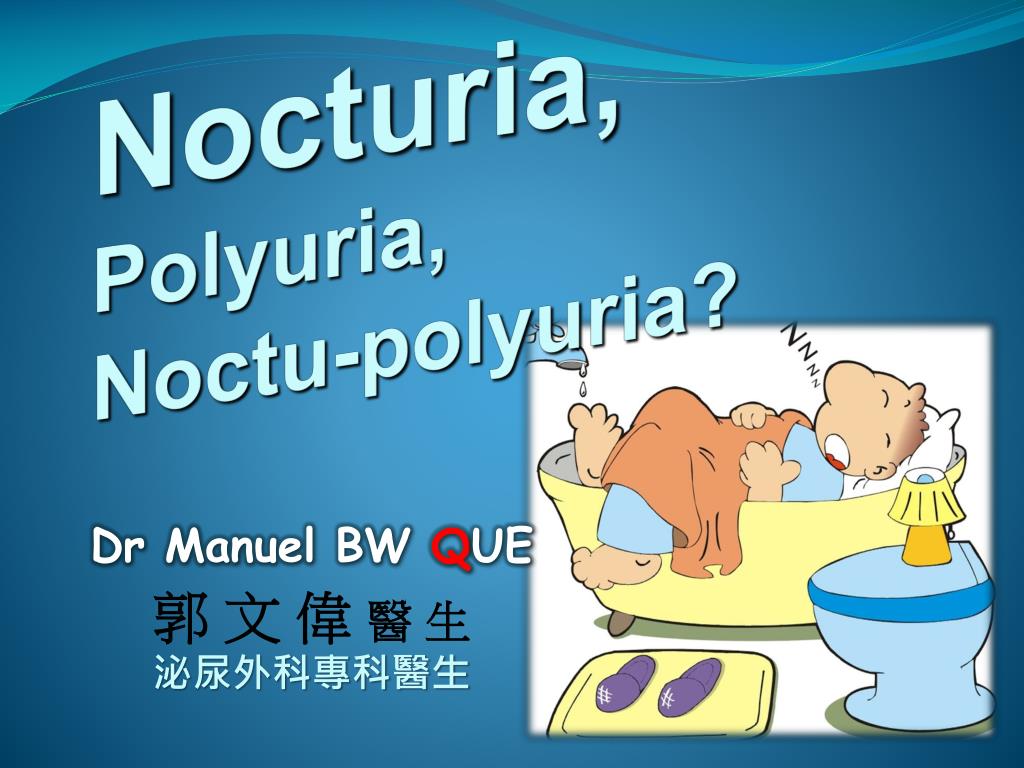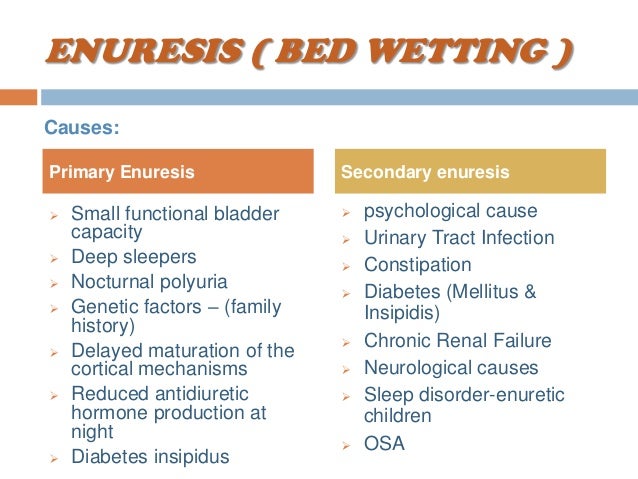

Midstream urine culture and microscopy.Blood tests: renal function, electrolytes, glucose and calcium.Voiding diary by the patient, including the time and volume of fluid intake and urine output.Rectal examination (men) to assess the prostate pelvic examination (women).Neurological - especially important if there is urinary retention where obstructive causes are unlikely, ie in women and the under-60s.


Establish how these symptoms are affecting life and sleep.Clarify the patient's symptoms and ask about other LUT symptoms.Other common neurological disorders causing urinary symptoms are: TSCS - although usually less acute, this again needs early referral.Cord compression and cauda equina syndrome (CES) the bladder innervation is easily damaged and prompt referral/treatment can save bladder and lower limb function.Important, urgent conditions to diagnose are:.If retention occurs in women or patients aged under 60, who are unlikely to have bladder obstruction, neurological causes need to be considered.The neurology may cause retention of urine, which either results in frequency and true nocturia, or leads to overflow incontinence, which may be misinterpreted as nocturia.The neurological problem may cause urinary frequency: this can occur in multiple sclerosis (MS) and has been reported as an early feature of cervical cord compression and tethered spinal cord syndrome (TSCS).Therefore, many neurological conditions affect bladder function. The bladder is controlled via the brain, spinal cord tracts, sacral segments S2-S4 and peripheral nerves. Irritative symptoms (or 'filling symptoms'): urgency, burning on micturition, daytime frequency, nocturia, urge incontinence.Obstructive symptoms (or 'voiding symptoms'): hesitancy, poor stream, intermittent stream, terminal dribbling.The most important question to follow a complaint of urinary incontinence is: "What protection do you need to cope with the leakage?".3.5% (urge incontinence in men aged 70 or over).The National Institute for Health and Care Excellence (NICE) quotes figures including: It is difficult to get exact figures on prevalence of daytime incontinence, partly because of failure to report symptoms due to embarrassment.In men, a small urinary leakage at the end of the stream (also known as 'post-micturition dribble') is so common that it does not constitute an abnormality.Daytime urinary frequency: this is so variable that it is difficult to assess however, establish how it affects lifestyle.Nocturia: waking up at night to pass urine.It is important to assess underlying causes, as some important conditions, such as diabetes, may present in this way.Nocturia is a symptom, not a diagnosis.It can be troublesome in itself, by disturbing sleep, and can have a significant impact on quality of sleep and quality of life.Nocturia is a common symptom in men and women.The rest of this article will use nocturia in this way. The term nocturia, as a symptom, is generally used to mean that the patient is waking to pass urine more frequently than normal, ie more than once per night. One episode of nocturia per night is considered within normal limits. Nocturia can be defined as the need to wake and pass urine at night, in contrast to enuresis, where urine is passed unintentionally during sleep - see the separate Nocturnal Enuresis in Children article.


 0 kommentar(er)
0 kommentar(er)
